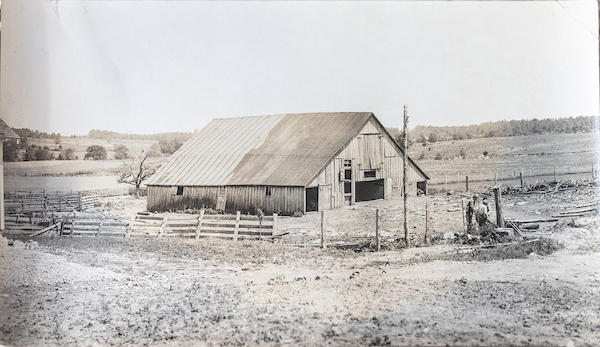1-History-Establishment of the Station
Establishment of the West Kentucky Sub-Experiment Station (1922-1925)
The idea for an agricultural research facility in western Kentucky emerged in the early 1920s, driven by the region’s need for improved farming methods and advanced scientific agricultural research. This was the same time that timber baron E.O. Robinson offered a 15,000-acre tract of land in eastern Kentucky for an experiment station.
The Paducah Board of Trade and the Mayfield Chamber of Commerce suggested sites for a station west of Owensboro and Guthrie. However, it was Caldwell County’s extension agent, H.D. Triplett, who advocated for Princeton, emphasizing its central location and diverse soil types, including limestone (Crider) and sandstone (Zanesville).
In 1924, Kentucky’s General Assembly passed a bill, introduced by Caldwell County Representative T.H. King, appropriating $20,000 annually for the station's operation, provided Caldwell County citizens could purchase and donate land.
$30,000 was raised by Caldwell County residents, an effort organized by Caldwell County school superintendent H.W. Nichols and the Caldwell County Extension Organization, chaired by J.D. Wallace.
Note of Interest: To help raise money for purchasing the farm and to increase interest and publicity among the people of Western Kentucky, an old mule given to Dean Cooper for the farm was raffled off by the local schoolchildren by selling pencils.
The University of Kentucky Board of Trustees approved the establishment of the “West Kentucky Sub-experiment Station” on 400 acres purchased from T.W. Luttrell, L.E. O’Hara and Harold Jacob.
Samuel J. Lowry, the assistant state leader of county agents, was appointed station superintendent. He resided on the farm with his family and oversaw the construction of a poultry house, mule barn, dairy barn and fencing.
A grand dedication event was held on September 7, 1925, and attracted between 8,000 and 12,000 people, including Governor W.J. Fields. College of Agriculture Dean T.P. Cooper declared the station would help western Kentucky “attain great heights.”
The O’Hara residence served as the superintendent’s home as well as office headquarters for the Station in 1925.

Old mule barn that was on the property in 1925. Many of the structures were updated within the first few years.
